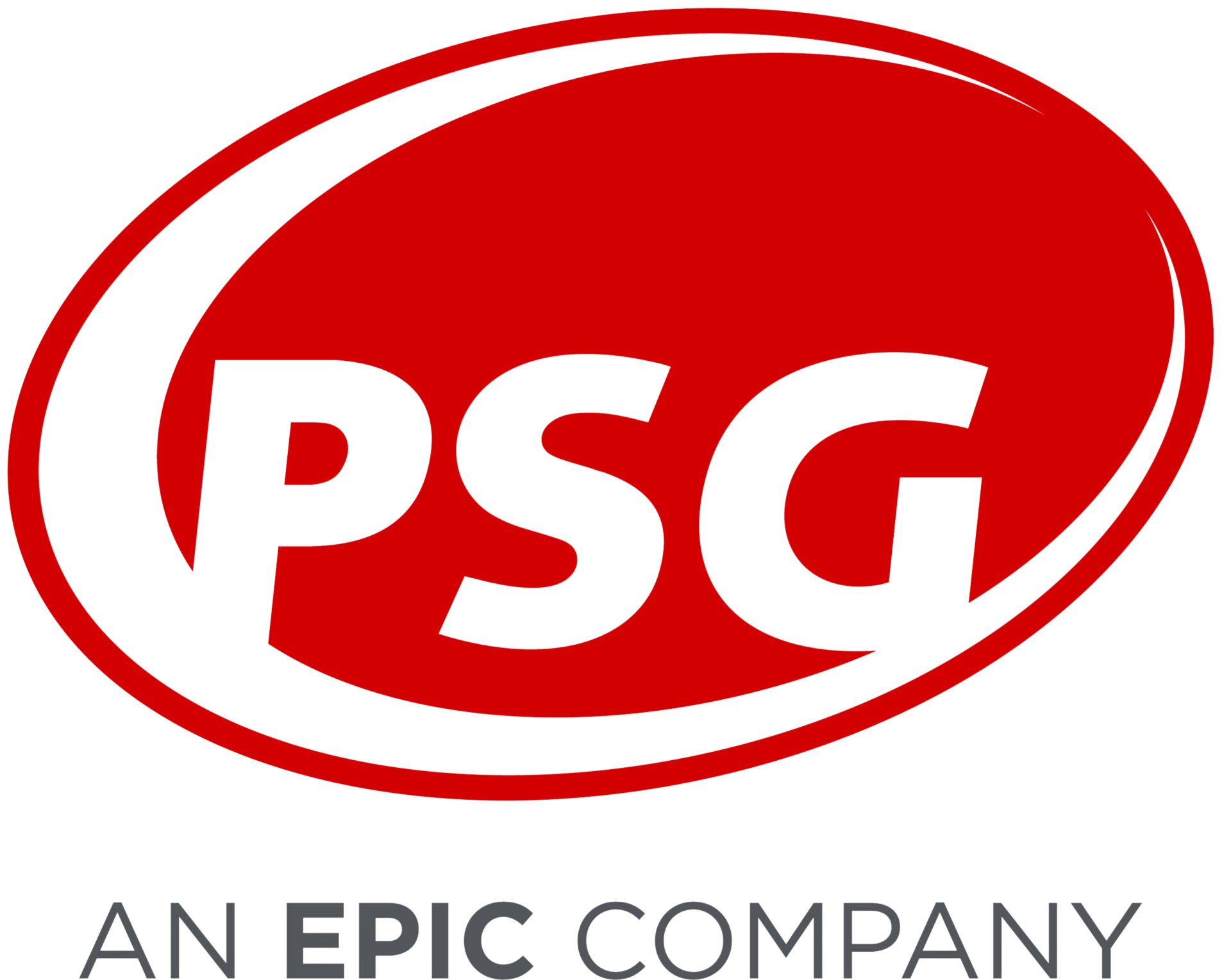Three Areas of Drug Benefit Waste That Could Be Costing You Millions
Posted on June 7, 2018
As a… ahem… “seasoned” pharmacist and consultant I’ve seen a lot in my time. Historically plan sponsors have had to be highly vigilant with managing their pharmacy benefit programs. In my role of supporting these plan sponsors with clinical and vendor management expertise it can feel like a game of whack a mole – the moment you identify and correct an issue the next one has popped up.
The following list captures my current top three moles, if you will, where plan sponsors are spending more than needed compared to the clinical value their members are receiving.
- Specialized pharmacies promoting drugs with low clinical value.
Benefit directors likely only think about their pharmacy network when a plan member requests the addition of a new pharmacy, reviewing owned pharmacy performance or when assessing cost savings opportunities related to a restricted pharmacy network. Our data analysis suggests that taking a closer look at the pharmacies in your network could save you significant money with very little member disruption. PSG has identified pharmacies that specialize in very high-cost products, usually topical pain relievers, that have very little clinical value.Taking advantage of the buzz around opioids, these pharmacies promote to patients and prescribers topical pain products that are not addictive or harmful and many times provide these medications for no cost to the member. The problem is these medications can cost $1,500 – $5,000 per month and provide significantly less clinical value…they don’t really work all that well. These pharmacies have been able to fly under the radar because they are often not large chains but rather smaller independent pharmacies, often not in the same state as your membership.PSG has identified and corrected millions of dollars in waste for our clients with almost no member disruption. - Medications on $0 Co-pay Programs not delivering ROI.
In an effort to improve medication adherence many benefit directors deployed a $0 co-pay program for medications where better adherence could lead to better outcomes. The diseases that are frequently targeted for these programs include diabetes, high cholesterol, high blood pressure and asthma. Members like these programs because they don’t pay anything for these kinds of medications out of pocket.Plan sponsors who ultimately pay the cost of these free-to-the-member drugs rarely review these programs for value following implementation. While there can be value to these programs, there still must be a monitoring process to assess value. It is very difficult to prove that there are meaningful medical savings found as a result of these programs. In certain cases, like diabetes, it may take five or ten years before any positive results can be seen and again, almost impossible to attribute any one program.More importantly, it’s critical that plan sponsors review the medications included in the program annually, at the least, to assure “undesirable” medications do not find their way onto the list. It is not uncommon to find brand name products that have generic equivalents but are much more expensive on $0 lists. PSG has helped several clients recognize very high-cost generic products on their $0 lists that have no clinical advantage. - High-cost brand medications with limited clinical value.
Plan sponsors are focused on specialty drugs and rightly so because these medications take up a significant amount of their drug budgets. Yet, plan sponsors must continue to pay close attention to traditional drugs where significant waste still occurs. PSG has identified a recent resurgence of utilization for very costly brand-name drug products which offer limited clinical benefit. Due to rebate arrangements, some PBMs have been reluctant to exclude these drugs from preferred formularies. Combination products that include common, inexpensive ingredients are being processed at a cost of $1,500 to $2,500 per claim when the products, purchased separately can cost as little as $20 per claim. If that is not bad enough, many times the drugs that make up the ultra-expensive combination product are available over the counter as two separate drugs. It seems that some players within the drug supply chain are taking advantage of the distraction caused by specialty drugs to increase market share of high-cost traditional drugs.
Rising drug costs have placed tremendous pressure on plan sponsors – forcing them to serve as detectives trying to uncover waste and unnecessary utilization within their pharmacy benefit program. The good news is that you don’t have to do it alone. PSG’s team of clinical and data experts empower benefit leaders with the insights and analytics to make the right decisions for your members.
Download PSG’s overview to learn how we can be your advocate for a clinically and financially optimal pharmacy benefit.

